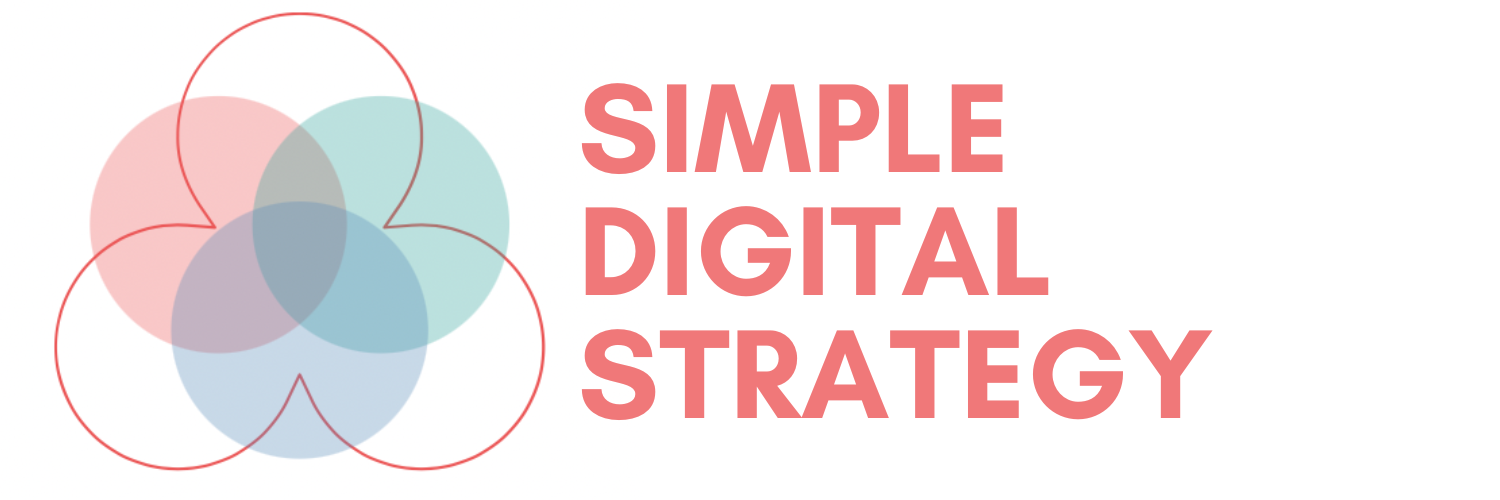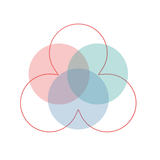Use Audience Segmentation to Make Your Marketing Work Smarter
Most businesses target too broadly. This post shows you how audience segmentation can transform your content and marketing by helping you focus on the right people with the right message.

Most brands create content the wrong way.
They pick a topic.
They write a post.
They blast it to everyone.
But not every audience member is the same.
And if your content speaks to everyone, it resonates with no one.
This is where audience segmentation in digital marketing changes everything.
What Is Audience Segmentation in Digital Marketing?
Audience segmentation means dividing your audience into smaller, more meaningful groups based on shared traits.
Instead of sending one message to everyone, you tailor your content based on:
- Demographics – age, location, profession
- Behaviors – purchases, downloads, engagement
- Psychographics – values, motivations, pain points
- Funnel Stage – cold lead, warm lead, existing customer
Segmentation lets you talk to the right people, at the right time, with the right message.
Why Audience Segmentation Matters in Digital Marketing
Without segmentation:
- Your email list feels generic and boring
- Your blog posts feel random and disconnected
- Your social content misses emotional triggers
- Your offers hit people who aren't ready—or already bought
With segmentation:
- Content feels personal
- Email open and click-through rates rise
- SEO improves through tighter topic clustering
- Conversions go up because you match message to mindset
Need help implementing this?
3 Simple Ways to Segment Your Audience
You don’t need enterprise tools or complex CRMs to start.
You need clarity.
Here are three high-impact, low-tech ways to use segmentation in your digital marketing:
1. Segment by Funnel Stage
| Funnel Stage | Goal | Content Example |
|---|---|---|
| Awareness (Top of Funnel) | Educate and inspire | “What Is First-Party Data and Why It Matters” |
| Consideration (Middle) | Build trust, compare options | “Audience Segmentation Examples for Smarter Content” |
| Decision (Bottom) | Convert | Case studies, offers, toolkits, demos |
Match your message to their level of readiness.
2. Segment by Behavior
Your content and email tools already show behavior. Use it.
Examples:
- Visitors who download your SEO Guide → Offer more on ranking strategies
- Customers who bought product A → Offer the next step (e.g. setup service, bonus training)
- Readers who engage with segmentation posts → Offer a framework or worksheet
Behavior reveals interest. Let it shape your next move.
3. Segment by Psychographics
This goes beyond clicks—into mindset.
| Segment Type | Traits | Content Direction |
|---|---|---|
| Efficiency Seekers | Wants fast results, hates fluff | Templates, checklists, how-tos |
| Visionary Founders | Big picture, long-term thinkers | Strategy, frameworks, brand philosophy |
| Value Buyers | Purpose-driven, care about ethics | Storytelling, mission-based content |
When you match tone and story to what people believe, your content sticks.
How Segmentation Shows Up Across Channels
| Channel | Segmentation Tactic |
|---|---|
| Blog | Map content to funnel stage or intent |
| Use lead magnet behavior to trigger segmented sequences | |
| SEO | Build topic clusters around core audience needs |
| Social Media | Write platform-specific content for different personas |
Segmentation isn’t about personalization for its own sake.
It’s about creating relevance faster—so people act sooner.
Final Thought: Smart Brands Don’t Market to Everyone
They segment.
They speak to smaller groups, more clearly.
They build trust, faster.
And they grow bigger by thinking smaller first.
Want to see how this ties into your overall strategy?
👉 Read: How to Create a Simple Content Strategy for Your Small Business





